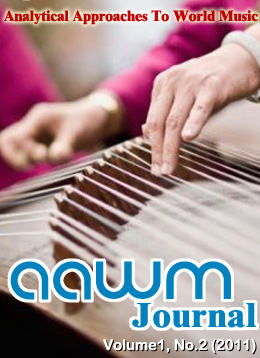Samuel Hardy has published his dissertation online:
Abstract
Much
affected by viewing the Yugoslav Wars’ ruins, I resolved to study
archaeology in conflict. I wanted to explore archaeology’s role in
conflict and archaeologists’ responsibilities in conflict zones; but
unable to conduct such work in Kosova/Kosovo, I went to Cyprus. Drawing
together professional documentation and public education, professional
and community interactions and interviews, and cultural heritage site
visits, I researched the destruction of community places, the looting
of cultural heritage, and the coping strategies of archaeologists. The
key questions of this thesis are: is it legal and ethical to conduct
archaeological work in occupied and secessionist territories? How is
public knowledge of cultural heritage looting and destruction
constructed? What are cultural heritage professionals’ responsibilities
for knowledge production during conflict? How ought cultural heritage
professionals to combat the looting and illicit trading of antiquities?
I have addressed these questions by concentrating upon cultural
heritage workers’ narratives of looting and destruction from 1955 until
the present in professional discussion and mass education. First, I
argue that archaeologists have misinterpreted international law, and
through boycotting and blacklisting of rescue archaeology in northern
Cyprus, harmed both the profession and the cultural heritage. Second, I
argue that cultural heritage workers have been unwillingly coopted, or
actively complicit in the conflict, in the production of nationalist
histories, and thus nationalist communities, therefore in the
reproduction of nationalist conflict. Third, I argue that cultural
heritage workers have knowingly contributed to the conflict and its
destruction, through their nationalist policies on the
paramilitary-dominated illicit antiquities trade. My conclusions are:
that an ethical antiquities policy would cut funding to and thereby
reduce conflict-fuelling extremist activity; and that, where they have
the freedom to practice it, professional and ethical archaeologies of
destruction would promote intracommunal and
intercommunal peace.
He also publishes a blog on the subject:
conflict antiquities: illicit antiquities, organised crime and political violence in Cyprus, Greece and Turkey
This posting offers me the opportunity to mention several other blogs which focus on illicit art and antiquities, looting, and the like.
These are the ones that come to mind on a Saturday morning. Let me know which others you think should be included.










